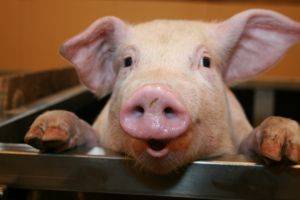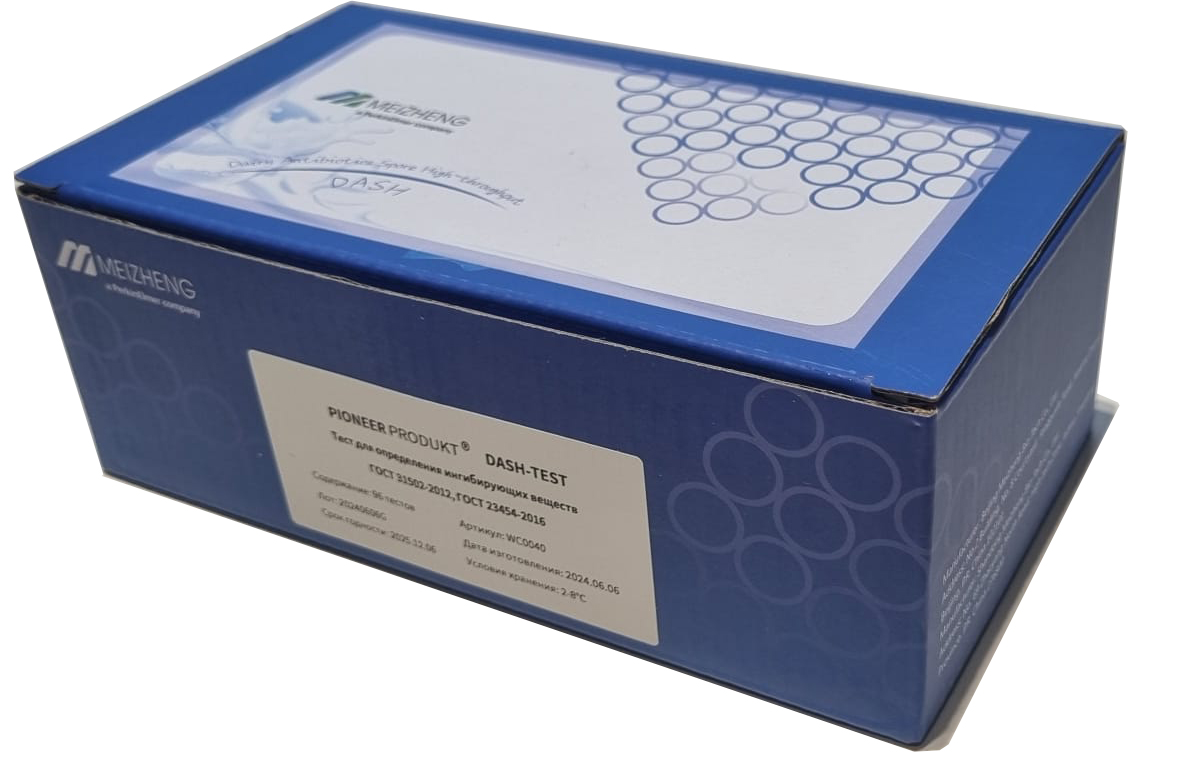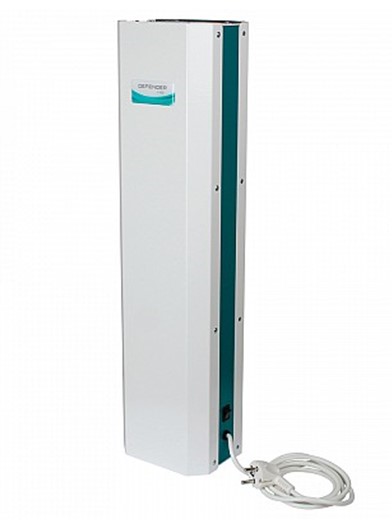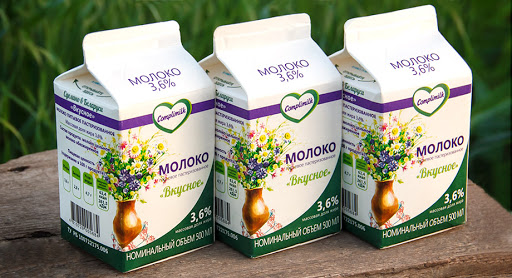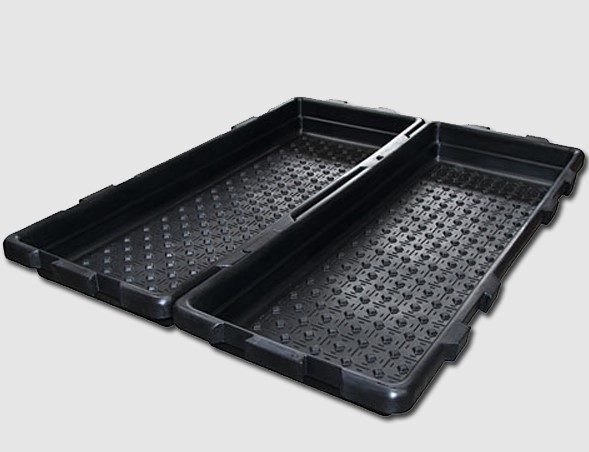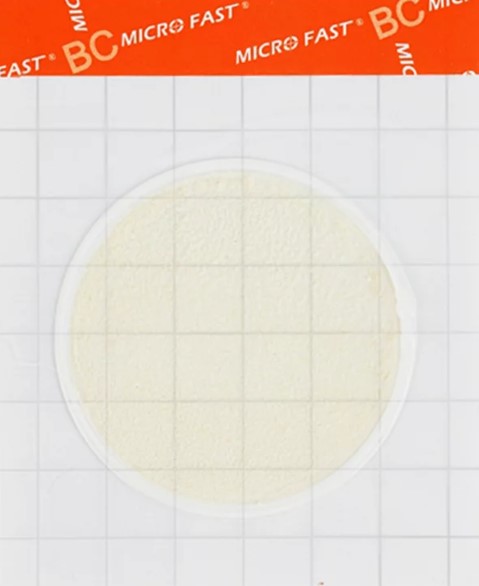Bacterial inoculants for cow litter as a way to combat mastitis
Cows spend at least 12 hours a day lying down, resting or chewing their food. The microbial quality of bedding and manure, which are in close contact with the udder for so long, is an important factor in reducing the risk of mastitis due to the environment.
The litter is a source of heat, moisture and organic matter, making it an ideal environment for the growth of undesirable microorganisms such as coliforms or enterobacteria.
Studies have shown a direct relationship between the number of E. coli in the litter and on the teats of cows.
The same unfavorable environment promotes an increase in the number of somatic cells (SCC). Somatic cells are represented mainly by leukocytes and epithelial cells of the udder tissue. The white blood cell count increases in response to bacterial infection, tissue damage, or stress. This explains why the number of somatic cells found in MILK increases when unwanted microorganisms enter the udder . Several studies have shown an association between high levels of SCC and the incidence of mastitis on farms.
Mastitis in cattle is an inflammatory reaction of the udder tissue due to physical injury or infection by microorganisms. The disease is widespread among dairy cows, with a negative impact on productivity, well-being and life expectancy, as well as farm profitability. About 70% of cases of mastitis in cows are caused by bacterial infections.
There are two types of mastitis: contagious mastitis, which is often transmitted during milking from one cow to another and usually causes subclinical mastitis, and so-called "environmental mastitis", caused by contamination of the udder outside of milking with reservoirs of environmental pathogens such as litter, manure and /or water.
Focusing on hygiene and mastitis prevention measures from the milking parlor to the barn, including at the litter level, is a useful and necessary practice.
If you look at cow litter from a microbiological point of view, you will find a huge number of microbial populations organized into ecosystems. Fortunately, most microorganisms are either beneficial or neutral, but there are also unwanted pathogens that infect the animal.. Balancing the microbial systems can be done by inoculating the litter/manure with beneficial bacteria and enzymes to develop beneficial microorganisms. Farm-tested cow litter inoculants already exist on the market. Such inoculants include selected lactic acid bacteria (LAB) and strains of Bacillus. In addition, lignocellulolytic enzymes are included to enhance fermentation and “pre-compost” the manure. These enzymes release certain five- and six-carbon sugars from the complex sugars present. The sugars are then used as a substrate and metabolized by LAB and Bacillus strains.
Bacterial inoculants are added about once a week either by spraying after dilution with water or by spreading on the bedding material when formulated in dry bedding conditioners.
Thus, one of the first trials of microbial inoculants for dairy cow litter, conducted in the Czech Republic, compared two identical groups of animals (55 cows per pen) in the same period and under the same environmental conditions. Prior to testing, the farm had a history of high prevalence of mastitis, with 90% of the cases being caused by environmental pollutants, the analysis showed. During the summer months, the herd experienced peaks. Over a three-month period, the tested microbial inoculant, while maintaining the quality of the litter material, showed a positive effect on udder HEALTH parameters measured by SCC and the incidence of mastitis.

